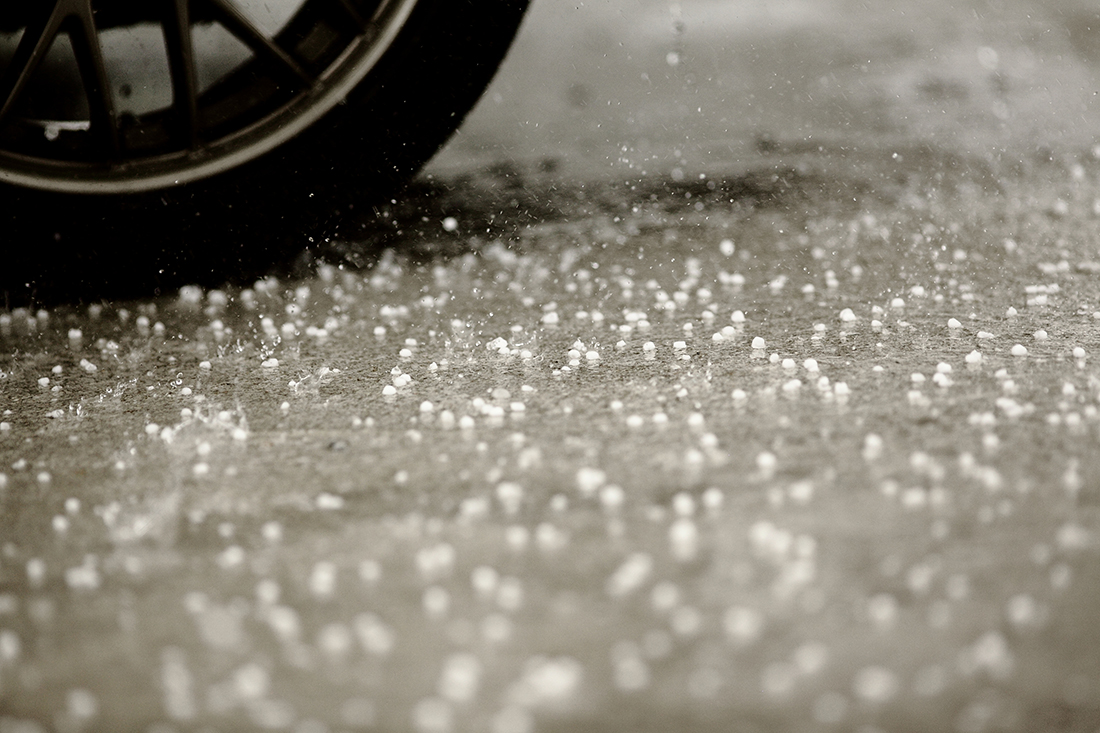Table of Contents
- Sensitivity of Hail Precipitation to Ensembles of Uncertainties of ...
- Hail Definition, Causes, and Formation
- How air on the rise creates giant hail - Futurity
- Hail Damage Repair - Prepare for Hail | Cox Collision
- What's the Difference: Explaining Precipitation Types | Weather Blog ...
- Hail! | Canon EOS 30D | 1/160 | f/3.5 | 100 mm | ISO 640
- Rain Brings Brief Respite From Gruelling Heat In Twin City | Odisha
- The Impact of Hail on Your Roof - The Roofing Center
- What is hail? Why is there hail?
- Hail - Met Office
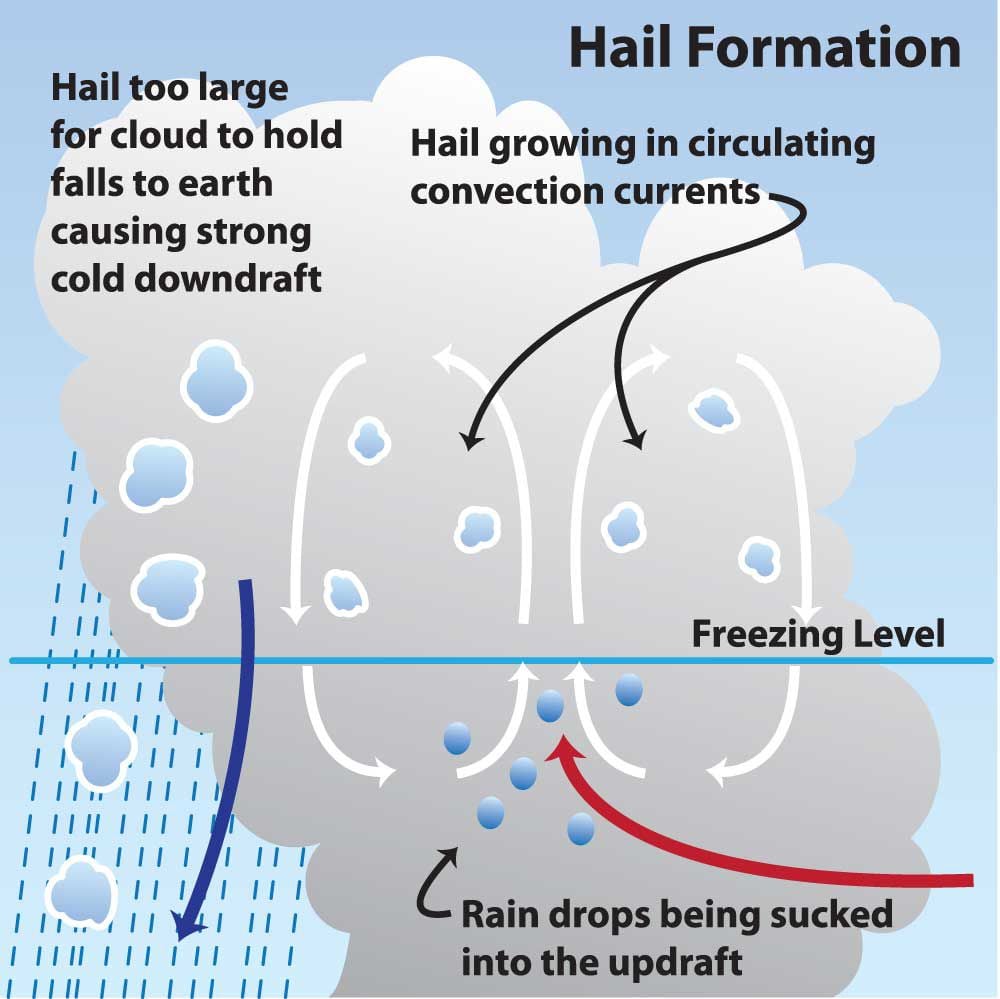


What is Hail?
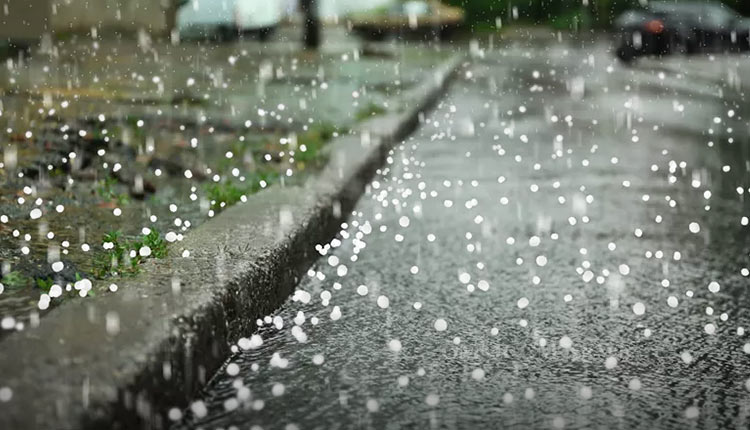
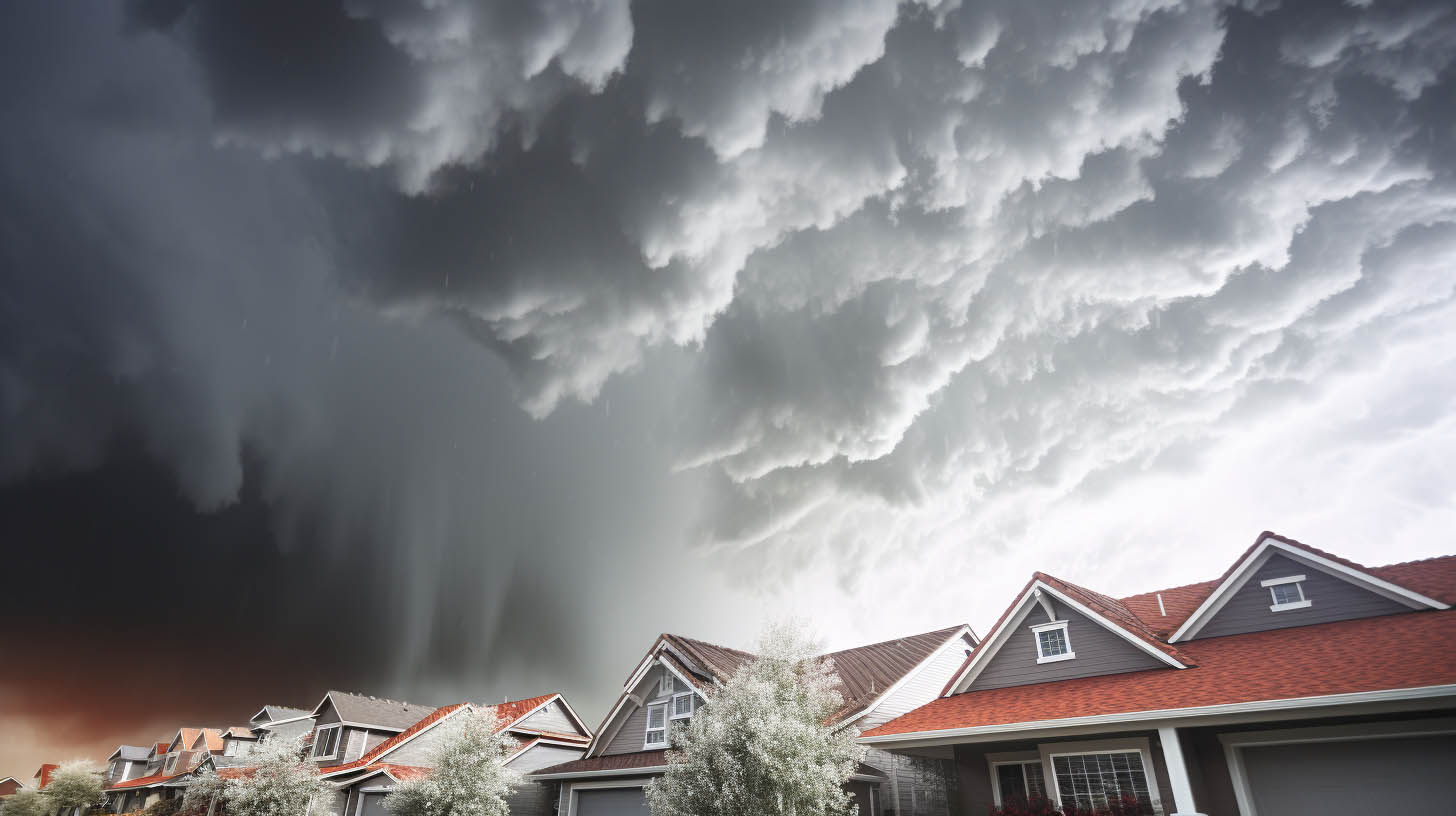
/100427326-56a9e2035f9b58b7d0ffaa75.jpg)
How Does Hail Form?

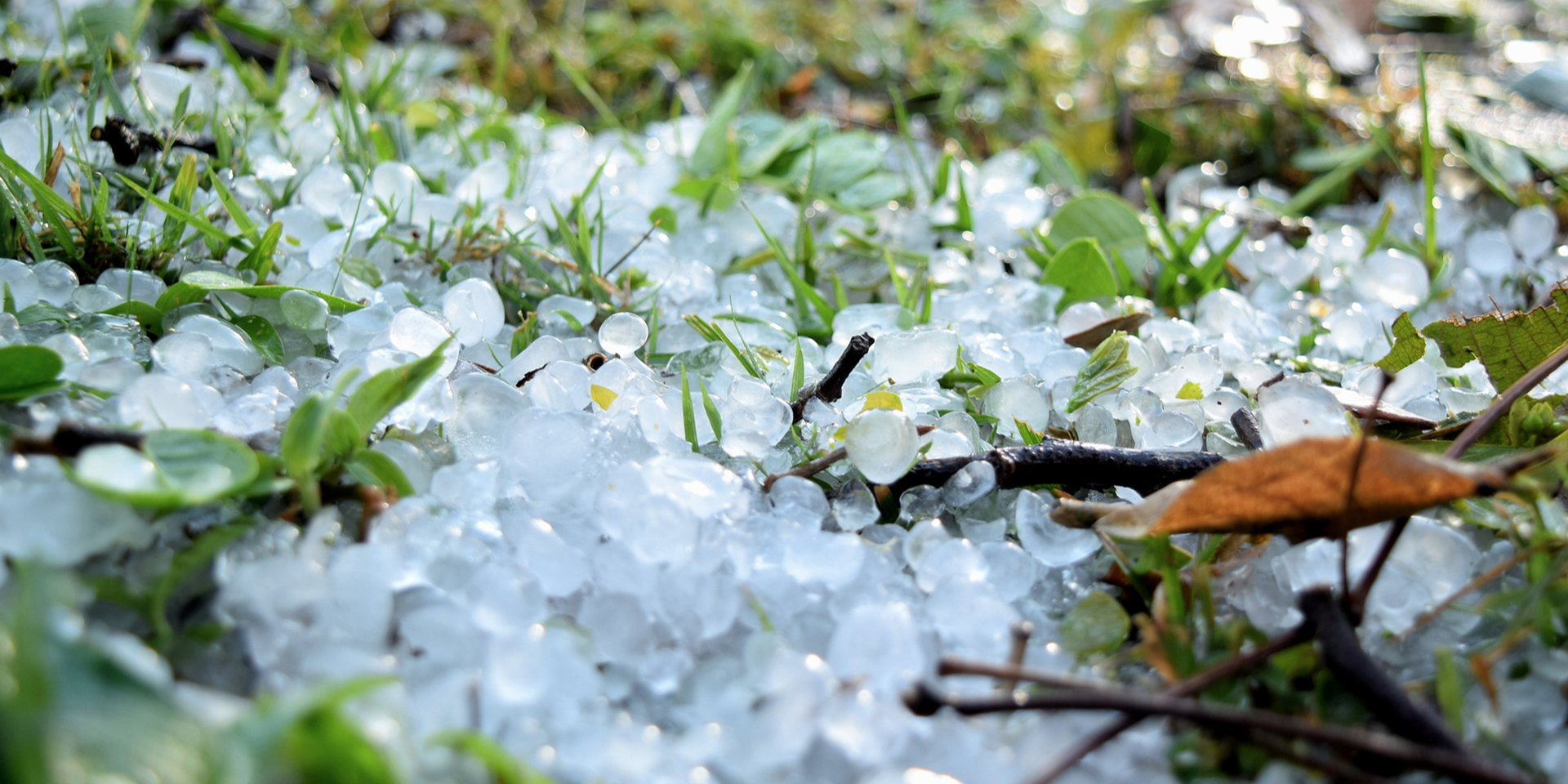
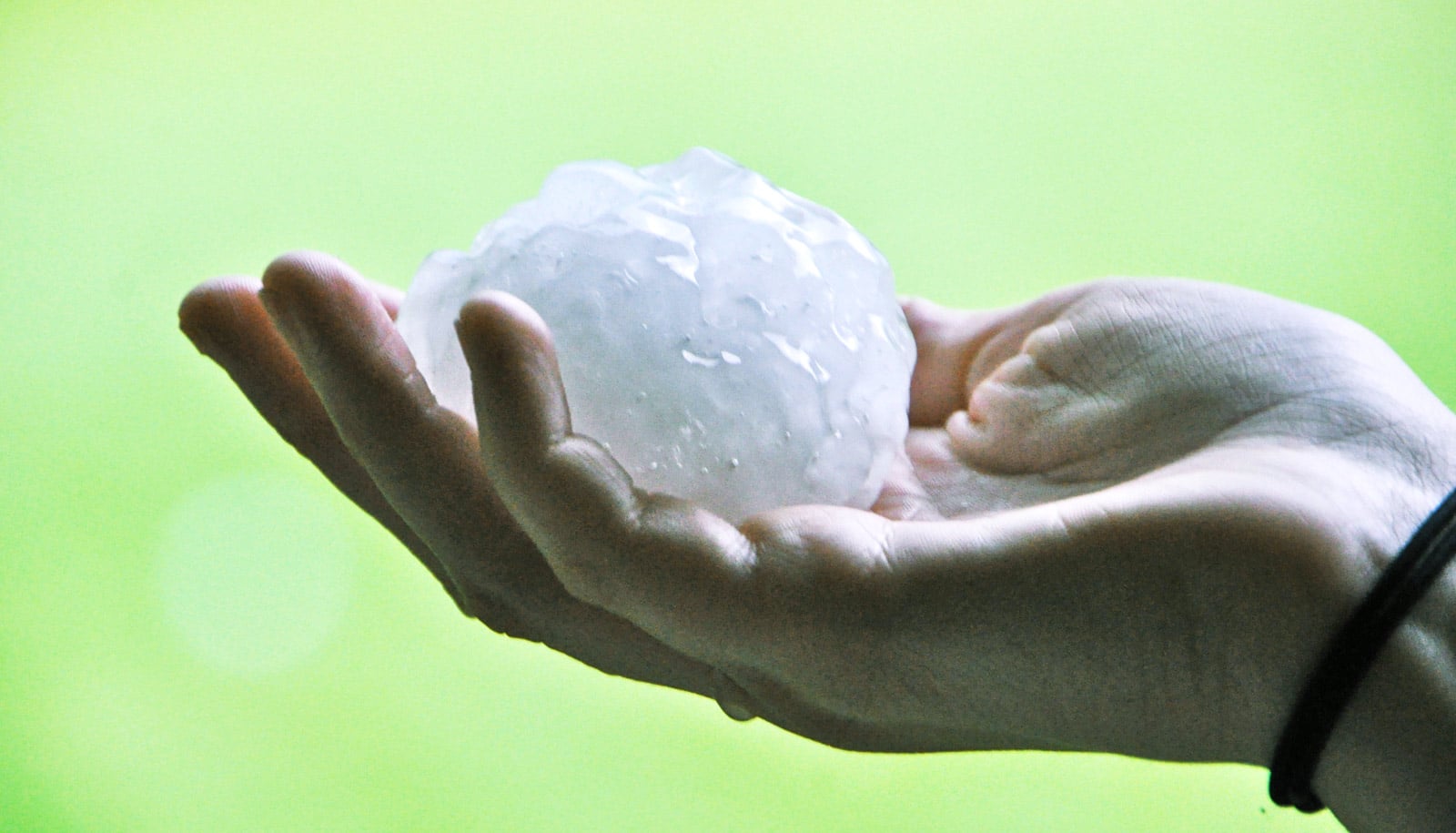
Types of Hail
Hail can vary in size, shape, and severity. The most common types of hail include: Pea-sized hail: Small hailstones that are typically less than 1/4 inch in diameter. Quarter-sized hail: Hailstones that are approximately 1 inch in diameter. Golf ball-sized hail: Large hailstones that are about 1.5 inches in diameter. Baseball-sized hail: Extremely large hailstones that can be up to 2.5 inches in diameter.